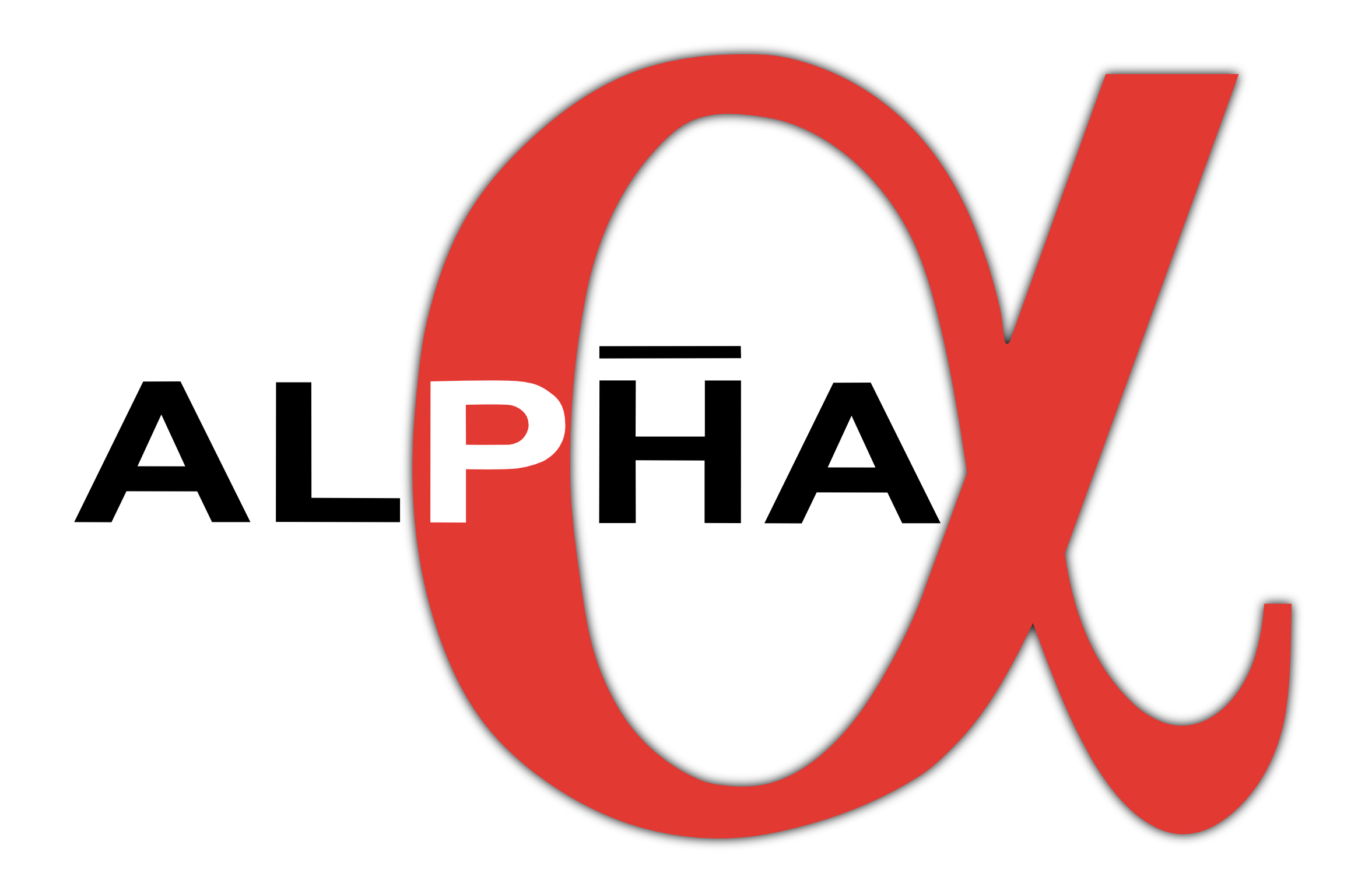Cold antihydrogen has been produced at CERN (Amoretti et al. (Nature, 419, 456 (2002)), Gabrielse et al. (Phys. Rev. Lett. 89, 213401 (2002))), with the aim of performing a high-precision spectroscopic comparison with hydrogen as a test of the CPT symmetry. Hydrogen, a unique system used for the development of quantum mechanics and quantum electrodynamics, has been continuously used to produce high-precision tests of theories and measurements of fundamental constants and can lead to a very sensitive search for CPT violation. After the initial production of cold antihydrogen atoms by the ATHENA group, the ALPHA Collaboration (http://alpha.web.cern.ch/) has set forth on an experiment to trap and perform high-resolution laser spectroscopy on the 1S-2S transition of both atoms. In this contribution, we will review the motivations, goals, techniques, and recent developments towards this fundamental physics test. We present new discussion on predicted lineshapes for the 1S-2S spectroscopy of trapped atoms in a regime not discussed before.
C. L. Cesar, G. B. Andresen, W. Bertsche, P. D. Bowe, C. C. Bray, E. Butler, S. Chapman, M. Charlton, J. Fajans, M. C. Fujiwara, R. Funakoshi, D. R. Gill, J. S. Hangst, W. N. Hardy, R. S. Hayano, M. E. Hayden, A. J. Humphries, R. Hydomako, M. J. Jenkins, L. V. Jørgensen, L. Kurchaninov, R. Lambo, N. Madsen, P. Nolan, K. Olchanski, A. Olin, R. D. Page, A. Povilus, P. Pusa, F. Robicheaux, E. Sarid, S. Seif El Nasr, D. M. Silveira, J. W. Storey, R. I. Thompson, D. P. van der Werf, J. S. Wurtele, and Y. Yamazaki
